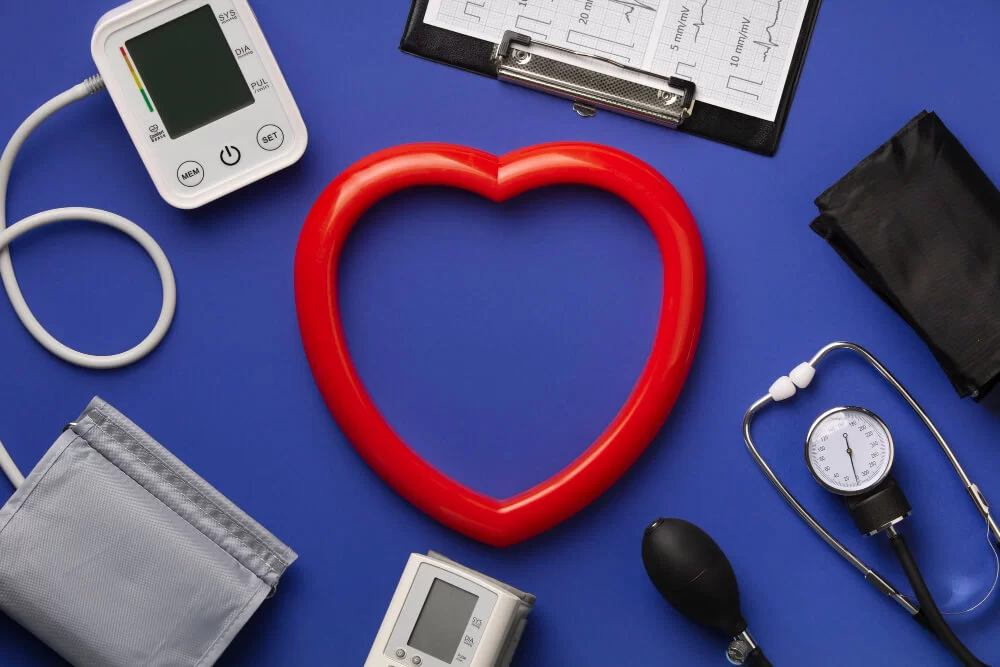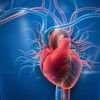Effective Strategies for Managing Cholesterol Levels After a Heart Disease Diagnosis
- Understanding Cholesterol and Heart Disease
- The Role of Diet and Nutrition in Cholesterol Control
- Exercise Plan to Manage Cholesterol
- Medications and Treatments for Cholesterol Management
- Real-Life Example: A Success Story of Cholesterol Management
- Next Steps: Taking Control of Your Cholesterol
1. Understanding Cholesterol and Heart Disease
Cholesterol is a fatty substance found in your blood, and when levels are too high, it can contribute to the buildup of plaque in your arteries, leading to heart disease. After a heart disease diagnosis, managing cholesterol becomes critical to prevent further complications. There are two types of cholesterol: LDL (low-density lipoprotein), known as "bad" cholesterol, and HDL (high-density lipoprotein), or "good" cholesterol. It’s essential to keep LDL levels low and HDL levels high for better heart health.
Heart disease and high cholesterol often go hand in hand, so understanding how to manage cholesterol effectively is key to preventing further heart-related issues.
2. The Role of Diet and Nutrition in Cholesterol Control
One of the most impactful ways to manage cholesterol after a heart disease diagnosis is through diet and nutrition. A heart-healthy diet can help lower LDL levels and raise HDL levels. Here are some dietary guidelines to follow:
- Increase fiber intake: Foods like oats, beans, lentils, and vegetables can help lower cholesterol.
- Choose healthy fats: Replace saturated fats with healthier options like olive oil and avocados.
- Limit trans fats: Found in processed foods, trans fats should be avoided as they raise LDL cholesterol levels.
- Eat fatty fish: Omega-3 fatty acids found in fish like salmon and mackerel can lower LDL and reduce the risk of heart disease.
Making these dietary changes can significantly improve cholesterol levels and overall heart health.
3. Exercise Plan to Manage Cholesterol
Regular physical activity plays a major role in managing cholesterol after a heart disease diagnosis. Exercise helps increase HDL cholesterol and reduce LDL cholesterol. Here’s how to incorporate exercise into your routine:
- Aerobic exercise: Activities like walking, cycling, and swimming help improve cardiovascular health and reduce cholesterol.
- Strength training: Building muscle through weight training or resistance exercises can increase metabolism and help manage cholesterol levels.
- Consistency is key: Aim for at least 30 minutes of moderate exercise most days of the week.
Exercise is not only beneficial for cholesterol control but also for overall heart health, reducing the risk of future heart disease complications.
4. Medications and Treatments for Cholesterol Management
In some cases, lifestyle changes alone may not be enough to manage cholesterol after a heart disease diagnosis. Medications, such as statins, can help lower LDL cholesterol and reduce the risk of heart attacks and strokes. Your doctor may prescribe these medications based on your cholesterol levels and overall heart health.
It’s important to follow your healthcare provider’s instructions when taking cholesterol-lowering medications. Regular monitoring of cholesterol levels through blood tests will also help assess the effectiveness of your treatment plan.
5. Real-Life Example: A Success Story of Cholesterol Management
John, a 58-year-old man, was diagnosed with heart disease after experiencing chest pains and high blood pressure. After his diagnosis, his doctor advised him on a comprehensive plan to manage his cholesterol. John began following a low-fat, high-fiber diet and incorporated daily exercise into his routine. Within six months, his LDL cholesterol dropped significantly, and his HDL levels increased. Along with prescribed medication, John was able to reduce his risk of further heart complications.
This real-life example demonstrates that with dedication and the right approach, managing cholesterol after a heart disease diagnosis is possible, and it can significantly improve long-term health outcomes.
6. Next Steps: Taking Control of Your Cholesterol
Managing cholesterol levels after a heart disease diagnosis is an ongoing process. By incorporating the right diet, exercise, and medications, you can take control of your heart health. Start by consulting with your healthcare provider to create a personalized cholesterol management plan tailored to your needs.
Remember, the earlier you take action, the better your chances are of improving your cholesterol levels and preventing future heart-related issues. It’s never too late to start making healthy choices that can benefit your heart.
Take charge of your cholesterol management today and protect your heart health for the future!





















